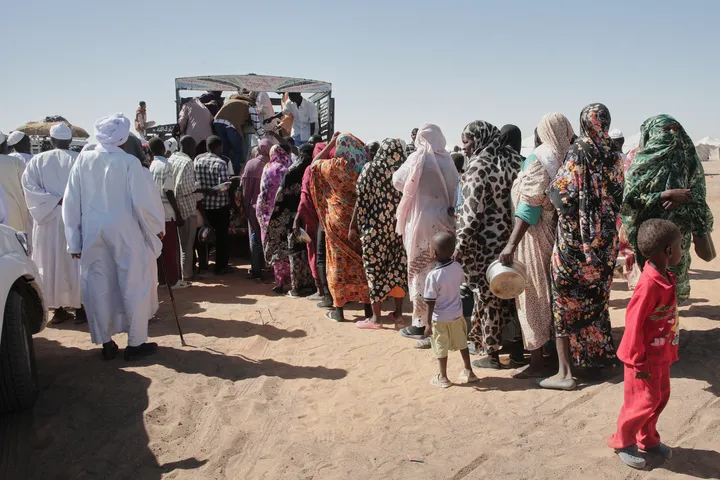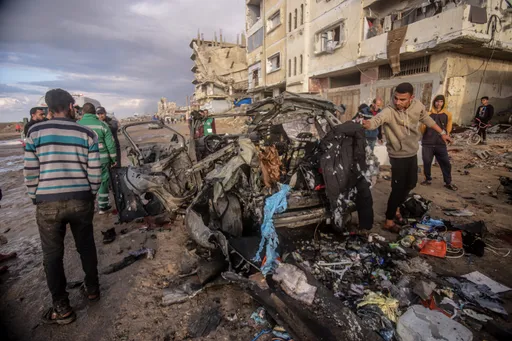Australia set a record for its hottest day ever for a second straight day, with an average national maximum temperature of 41.9 degrees Celsius, a full degree higher than the previous mark, officials said Thursday.
The Bureau of Meteorology said the new nationally averaged maximum was reached Wednesday, topping the 40.9-degree mark reached on Tuesday, which beat the previous record of 40.3 degrees Celsius in January 2013.
As the heatwave continued, Thursday saw the highest December temperature ever reached in Australia when the West Australian town of Eucla hit 49.8 degrees Celsius.
The previous hottest December day was 49.5 degrees Celsius in Birdsville, Queensland in 1972.
The heatwave has exacerbated an unprecedented, drought-fueled series of bushfires ravaging large areas of Australia.
State of emergency
Australia's most populous state declared its second state of emergency in two months on Thursday as extreme heat and strong winds were expected to fan scores of uncontrolled bushfires.
Firefighters were given broad powers to control government resources, force evacuations, close roads and shut down utilities across New South Wales state, where 100 wildfires are burning.
With more than half of those fires burning uncontrolled and temperatures forecast to rise, officials warned residents to be on high alert over the next several days.
"The biggest concern over the next few days is the unpredictability, with extreme wind conditions, extremely hot temperatures," NSW Premier Gladys Berejiklian told reporters in Sydney.
Australia has been battling wildfires across much of its east coast for weeks, leaving six people dead, more than 680 homes destroyed and nearly 3 million acres of bushland burnt.
Some 1,700 firefighters have been deployed across the state, but officials warned that would not be enough to cover every potential danger and urged people in high risk areas to evacuate while it was still safe to do so.
"There are simply not enough fire trucks for every house. If you call for help, you may not get it," the Rural Fire Service said in a statement. "Do not expect a fire truck. Do not expect a knock on the door. Do not expect a phone call."
The current state of emergency will last for seven days, while a total fire ban that has been in place since Tuesday will remain until midnight on Saturday.
Sydney covered in smoke
Sydney, the capital of NSW state, was blanketed in ash and smoke for yet another day on Thursday. The heavy haze obscured visibility, hiding icons like the Opera House and Harbour Bridge.
Many commuters have donned breathing masks in recent weeks as air quality has plunged to hazardous levels not previously seen in the city.
NSW Ambulance Commissioner Dominic Morgan said the service had experienced a 10-percent surge in call-outs for patients suffering respiratory conditions over the past week.
Morgan urged people with asthma and other respiratory conditions to remain indoors and keep their medication close.
Home to more than 5 million people, Sydney is ringed by large areas of bushland, much of which remains tinder dry following little rain across the country’s east coast in recent months.
























